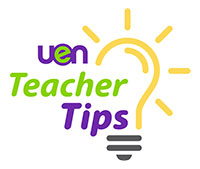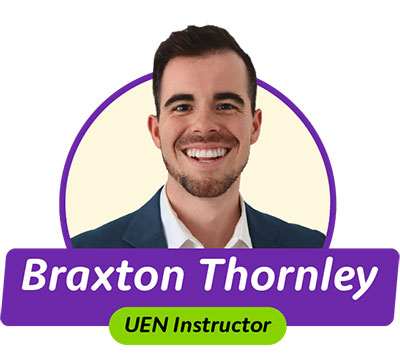
Utilizing Student-Generated Resource Banks
3 high-impact strategies to provide differentiated student support
by Braxton Thornley
You’ve been there before: you’re trying to start a lesson when a student who has been absent for a week or two asks what they missed while they were gone. Maybe you’re mid-lesson and notice a few students who could benefit from extra resources, but you don’t have any on hand. Student-generated resource banks are a great way to support every learner in your classroom and provide extension opportunities for your high-achievers. They’re also an effective way to assess students’ learning. Here are three quick, high-leverage strategies to get you started:
-
Closed Flip Discussions for Multi-Language Learners: Create a closed Flip discussion for all your MLs. Provide MLs with higher WIDA scores/proficiency levels the opportunity to record demonstrations, explanations, or review videos in the discussion as an alternative mode for demonstrating proficiency on assessments. Encourage MLs with lower proficiency levels to use the videos as scaffolds. This practice facilitates asynchronous peer tutoring and strengthens relationships between MLs in your classroom and school.
-
Peer-to-Peer Flip Demos and Reviews in Flip: Create an open Flip discussion for all your students. Provide fast-finishers and high-achievers the opportunity to record demonstrations, explanations, or review videos in the discussion as an alternative mode for demonstrating mastery on assessments. Link to the discussion on Google Classroom or Canvas to allow students to access their peers’ videos whenever they need extra help. This practice facilitates asynchronous peer tutoring and creates a culture of collaboration and mutual support in your classroom.
-
Collaborative Research Projects in Wakelet: Create a Wakelet collection for each research group in your class. Ask every student in the group to contribute to the collection and evaluate the credibility and relevance of their peers’ contributions. Encourage students to refer to their collections while writing, debating, or creating throughout the research project. This practice engages every student’s information literacy skills and acts as a scaffold for students of varying ability levels.
Watch the video below to see each strategy in action:
Braxton specializes in utilizing technology (Canvas LMS, Artificial Intelligence, Google Workspace suite) to personalize learning. He is enthusiastic about working with teachers one-on-one to create safe, organized, and engaging classrooms. Prior to joining UEN’s professional development team, Braxton worked as a high school language arts teacher and digital teaching and learning coach in Jordan School District.

Stay connected with us on social media platform for instant update click here to join our Twitter, & Facebook
We are now on Telegram. Click here to join our channel (@TechiUpdate) and stay updated with the latest Technology headlines.
For all the latest Education News Click Here
For the latest news and updates, follow us on Google News.
